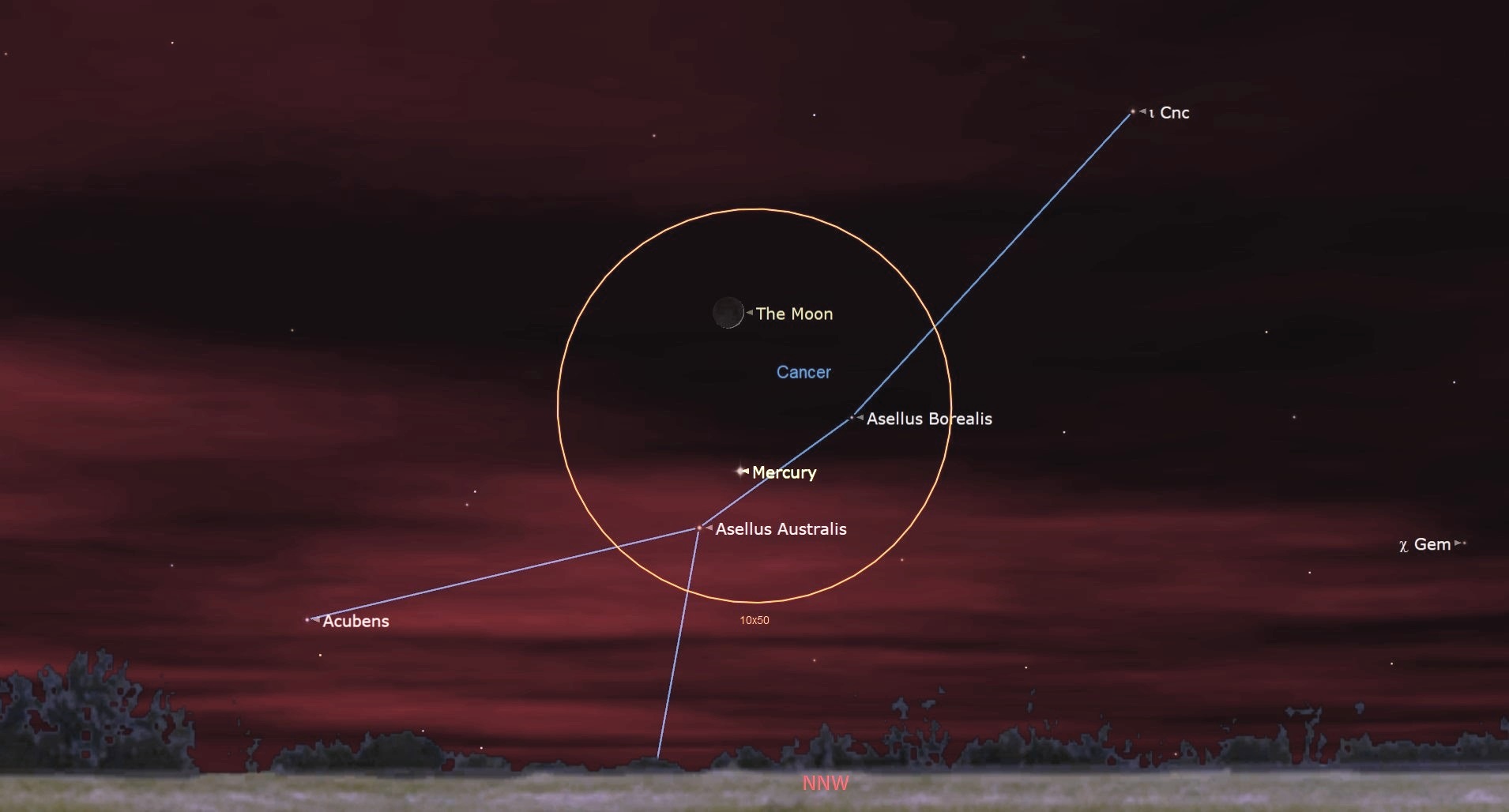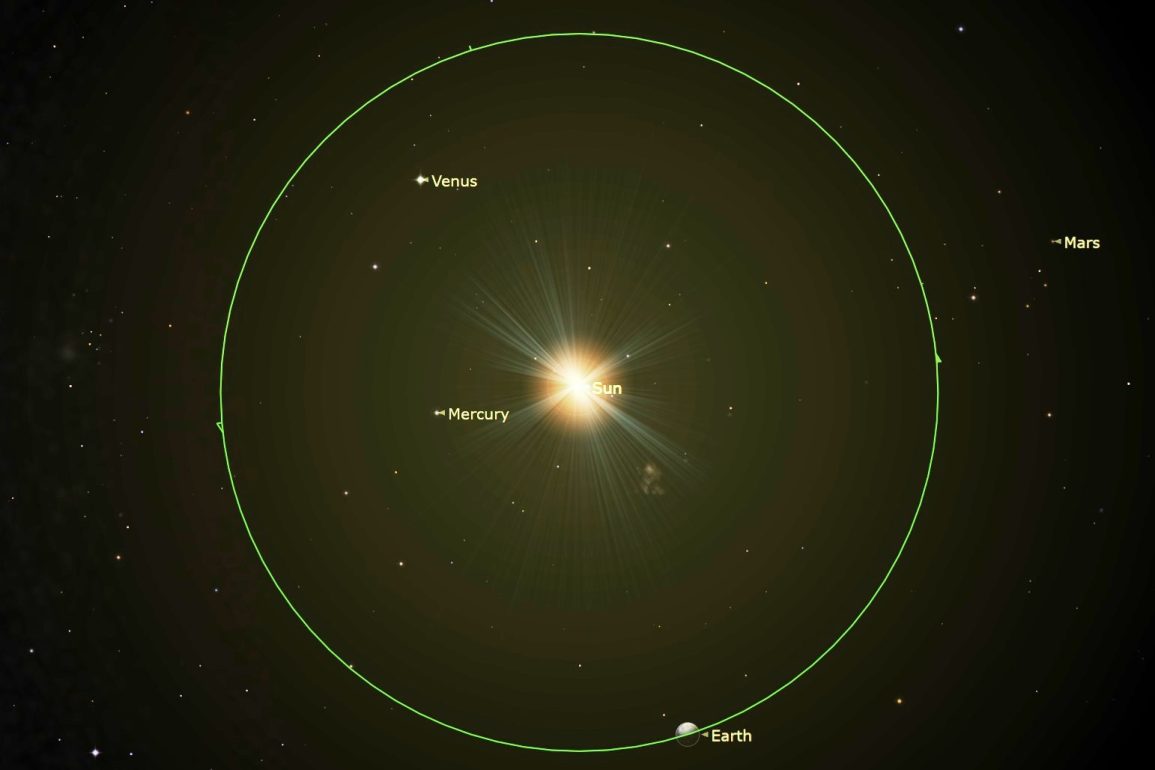The new moon of July 2024 occurs on July 5 at 6:57 p.m. Eastern Time (2257 UTC), as Earth reaches aphelion, its farthest point from the sun, on the same day. Aphelion results from Earth’s slightly elliptical orbit around the sun, causing our distance from the sun to vary by up to 3% throughout the year, although this variation is not noticeable to most observers.
The new moon marks the beginning of the lunar month in many calendar systems, and its timing is uniform worldwide, only differing due to time zones.
A new moon occurs when the moon is positioned directly between Earth and the sun, making it invisible unless there is a solar eclipse. However, solar eclipses do not occur every new moon because the moon’s orbit is tilted relative to Earth’s orbit by about 5 degrees. The next solar eclipse is scheduled for October 2, 2024. The aphelion on July 4, occurring at 1:00 a.m. EDT (0500 GMT), coincides with this lunar event.
On the evening of July 7, the moon will pass close to Mercury. At 2:33 p.m. Eastern Time, the thin crescent moon will be about 3 degrees north of Mercury. Observing this conjunction will be challenging from mid-northern latitudes like New York due to the low altitude of Mercury at sunset.
Better visibility can be achieved from locations closer to the equator, where the ecliptic makes a steeper angle with the horizon, allowing the planets to appear higher in the sky.

From Miami, the conjunction will be more visible with Mercury becoming visible around 8:30 p.m., about 12 degrees high. In Bridgetown, Barbados, the moon and Mercury will be 14 degrees high at sunset, making them easier to spot than from the continental U.S.
In the Southern Hemisphere, shorter days make observation slightly easier. For example, in Sao Paulo, the conjunction happens at 3:33 p.m., and both celestial bodies will be visible by sunset.
During this conjunction, various planets will also be observable. Venus will be emerging in the evening sky but will remain low and lost in the solar glare. Saturn, in Aquarius, will rise around 11:40 p.m. on July 5, becoming visible in the southeastern sky before dawn. Mars will rise around 2 a.m., appearing in Aries, and Jupiter will rise around 3:07 a.m., positioned in Taurus near Aldebaran.
In the Southern Hemisphere, the planets will form a line upward and to the left as one faces north. Saturn will be higher in the sky in Melbourne, rising at 10:22 p.m. on July 6, and reaching a high altitude by dawn. Mars and Jupiter will also rise later, following similar visibility patterns but appearing reversed in position compared to the Northern Hemisphere.
For Northern Hemisphere observers, the Summer Triangle will be prominent in the eastern sky by 10 p.m., consisting of the stars Vega, Deneb, and Altair. The Big Dipper and Polaris will be visible towards the north, with other constellations such as Cepheus, Cassiopeia, Boötes, and Virgo also observable in different directions.
In mid-southern latitudes, winter constellations dominate the sky. The Southern Cross will be high above the southern horizon, with Alpha Centauri and Scorpio also prominently visible. In the southwest, Canopus will mark the setting region of the ship’s keel, Puppis, with the Large and Small Magellanic Clouds nearby, visible as satellite galaxies of the Milky Way.

